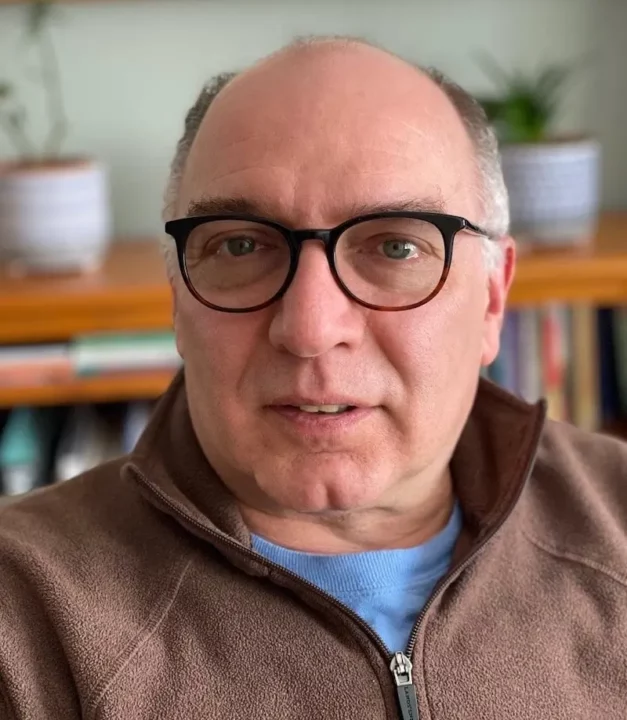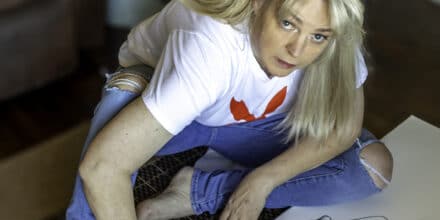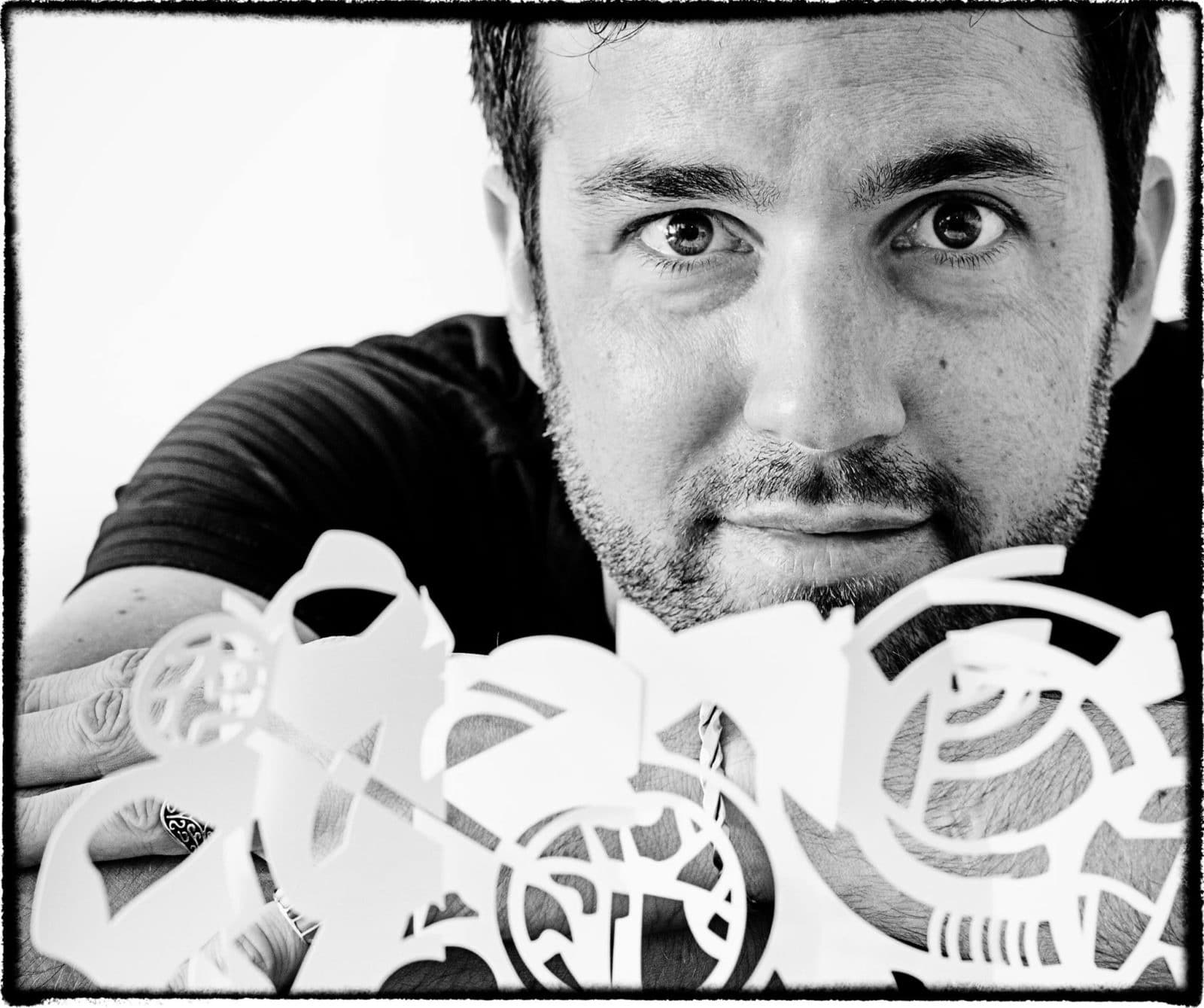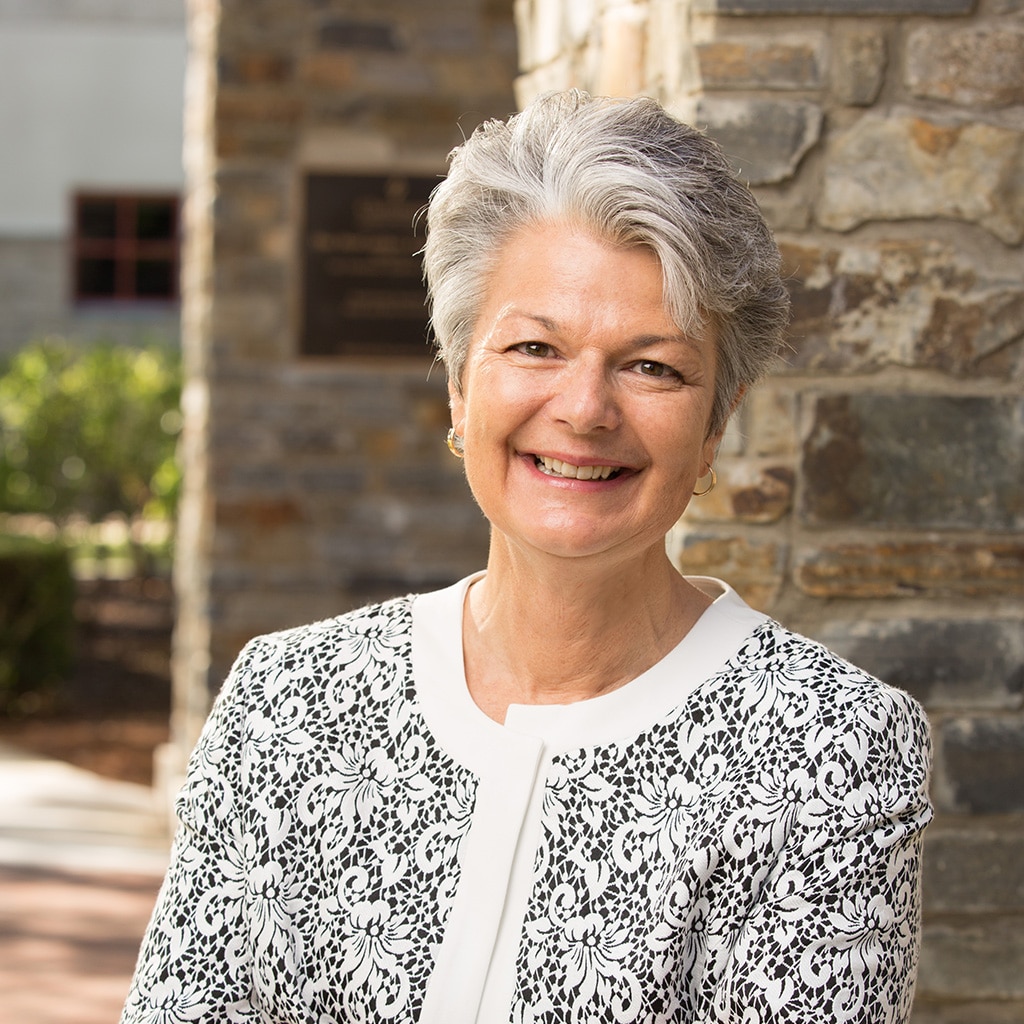James D. Balestrieri is the Clark Hulings Foundation’s Writer-in-Residence. He is currently working on a new book on Hulings, Clark Hulings: Quantum Realist. Jim is the proprietor of Balestrieri Fine Arts, a consulting firm that specializes in catalogue research and arts writing, estate and collections management, and marketing and communications for museums and auctions. Jim has a BA from Columbia University, an MA in English from Marquette University, an MFA in Playwriting from Carnegie-Mellon, and was a Screenwriting Fellow at the American Film Institute. He served as Director of J.N. Bartfield Galleries in New York for 20 years and has published over 150 feature essays and reviews in a wide variety of national arts publications.
In this episode, Jim gives us an in-depth look at the themes of the upcoming Hulings book, and discusses how Clark Hulings’ career strategy applies to working artists today. Inspired by Hulings’ successes both within—and outside of—art tastemakers’ approval, Jim and Daniel question who gets to decide which artists matter, and how the canon does and does not serve the best interest of the arts, or artists. Hulings’ accomplishments, both as an artist and a small business owner, call to his deeper understanding of the dignity of work—from running a market stall to the act of making a living as a painter—as a way of belonging to the world.
A Painter of Work
- “Clark Hulings was an American artist. A realist—in a way. He began his career as a very successful illustrator in the golden age of illustration.”
- “The thing that sets him apart is the subject that he found, chose, and made his life’s work. His life’s work is depicting work. Working people in working situations—whether they’re farmers, laborers, whether it’s an urban setting, a village setting, or a rural setting. What he captured was working people at work, doing what they do. And that sets him apart from almost any other American realist of that time.”
- “Lots of people associate Clark with Western Art. […] But really, the number of paintings he did that could be considered Western or Southwestern is miniscule compared to the numbers of paintings he did in Mexico and Europe. So there’s a whole idea that Elizabeth [Hulings] and I have talked about, which is repositioning Clark Hulings as an American Artist, and indeed, an international artist.”
- “[Hulings] doesn’t really give you a story. They’re not narrative paintings. He moves his easel painting as far from illustration as you can imagine. You see these people working and you wonder what they’re thinking, and what they’re like, and what their inner lives are. But he gives them their privacy.”
Travel Beyond Tourism
- “For Hulings, travel—and if you look at his paintings, you can see it—travel was a way for him to find places. I would use the word ‘traditional places,’ where the traditions of work and of life were on a long continuum. He seems to be very interested, not only in showing, ‘oh yeah, those women are washing clothes in a street today,’ but in showing that the place around them was a place that had been inhabited for a long time, so that what they were doing was on a long continuum of existence. A kind of deep time. And for those, you’ve got to travel.”
- “There’s a whole tradition of travel painting where there are paintings of the famous places: paintings of Notre Dame, paintings of the Ponte Vecchio, paintings of this [or that]…That’s not Clark Hulings is about. The first painting that really attracted me to his work is this small painting he did of Naples. And it’s this narrow street. Narrow. You couldn’t even get a car, one car down there, much less two. And there are deep shadows and the laundry is hanging across it. This is not the Amalfi Coast, this is not some famous resort.”
- “It’s travel of a particular kind that really attracts him. In order to find the kinds of places that Clark Hulings wanted to find, you have to go down the roads that are not traveled. You have to get off the tourist path to see what he wanted to see, in order for him to paint what he wanted to paint.”
Manufactured Rivalries
- “There’s a lot of misinformation about the rivalry between schools. You hear it all the time. ‘Oh, that’s abstract. Oh, I love that, that’s realistic. I’m not really interested in realistic, I’m interested in…’ As if they’re camps throwing mud balls at each other. And it isn’t true. Many of those artists worked in different forms at different times. Many of them were friends. Many of them learned from one another. So it’s much more fluid than popular art history would make it.”
- “You could look at Hulings’ work and just say: it’s very realistic. And you could say that’s not what Pop Art was doing, or not what Abstract Expressionism was doing, and so forth. Yet, when you get closer and you start to really dig in and you look at the strokes, the colors, the mosaic, the patchwork tile, the sack that he gets…There’s a whole lot of overlap between his practice and the practice of mid-century modernism.”
- “If we step back and take a broader look at it, [Warhol’s] Campbell’s Soup Can and Clark’s painting of people working to sell melons in Mexico—it’s not that different. It’s making the invisible, the unnoticed, the taken for granted, visible.”
Clark’s Career Strategy
- “He did his homework. I think that’s really important for artists, to know when they’re submitting for a show or a gallery, to do the research and homework ahead of time. Is this likely to be a place that would be interested in my work? You know, he’s very methodical about making that transition [from illustration to easel painting]. And I think there’s a lesson there.”
- “My feeling about Clark Hulings is that he was always thinking ahead and saying, ‘no, I’m not going to waste my time with X, Y and Z because they aren’t going to be interested in what I’m doing anyway. So I’m going to go there, where there are some other painters there that I like and admire and there’s some stylistic resemblances’—that’s where I’m going to pitch my tent.”
- “There’s a story—it sounds apocryphal, but it’s not—is that he took a painting there [Grand Central Galleries]. One of the directors of the gallery, I believe, criticized him. He was like, nobody wants paintings of laundry, and Catholic cathedrals, and old women. And somebody walked in and said, how much is that painting?”
The Book
- “His themes of work and working people and his travels offer a lot to scholars and curators. And none of that has really been written about. Everything we know about Clark Hulings right now is really what he’s written. All of his books are filled with his quotes about his art. And so the field is open for me, writing the book, to begin to reposition him alongside his antecedents, alongside his peers, alongside other artists who have some of the same concerns that he does. That’s really the goal for the book, is to achieve that.”
- “Elizabeth Hulings is the first one: she approached me. And the wonderful thing about Elizabeth is she’s both organized and encyclopedic, particularly when it comes to her father. I don’t know how many people know this story, but Clark basically said to her, ‘You are going to be my Theo.’ Meaning Theo Van Gogh, who not only is the brother of Vincent Van Gogh and the letter-writer, but the executor and the keeper of his flame and legacy.”
- “Elizabeth is really a wealth of information and has provided me with Clark’s letters from his first trip to Europe, some of his drawings, and images of partly-finished canvases to show his process—and timelines and images going all the way back to some of his earliest works. So when you’re working with someone like that, there’s a certain ease about it. You’re not having to run around and dig through archives. She is the archive for this project.”
- “Clark Hulings straddled some fascinating moments in American art, and his brand of Realism is really unlike anybody else’s. The subjects he paints and the way that he paints them. If you look at them, you just know: that’s a Hulings painting. That’s unusual, even in his world where things were very derivative.”
Questioning the Canon: Which Artists Matter?
- “What we’re seeing now in the arts is a correction. Who are all these forgotten and neglected women artists? What about these artists of color? They’re not in the canon, and look how good some of them are. And wow, they were never even considered for the canon?”
- “It’s not even about if an artist is good, no matter what a loaded word that is, it has to do with the circumstances as well. It’s a hard question to answer why some artists are ‘in’ and why some are ‘out.’ ”
- “If nobody knows exactly how somebody gets into the canon, gets ejected from the canon, or is not allowed to be in the canon, then what good is it? So my feeling is that you want to spike the canon with so many artists that it no longer has meaning.”
- “There’s a long history of being excluded, and of exclusion becoming almost a badge of honor.”
- “I wonder if, in fact, taste might actually make a comeback [if we got rid of the canon] because it would be something we would argue about rather than assume.”
- “I would say an artist really shouldn’t care about being in the canon, about ‘making it.’ They should do what they do, which is what Clark Hulings did: work at their work.”
We’d be delighted to welcome you to the community of art lovers who support the upcoming Clark Hulings Book. Click here to securely give your tax-deductible gift.
To see Clark Hulings’ work and for information about auctions, reproductions, and upcoming Hulings events visit www.clarkhulings.com








